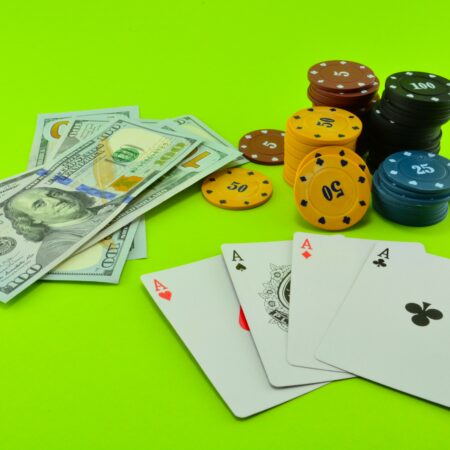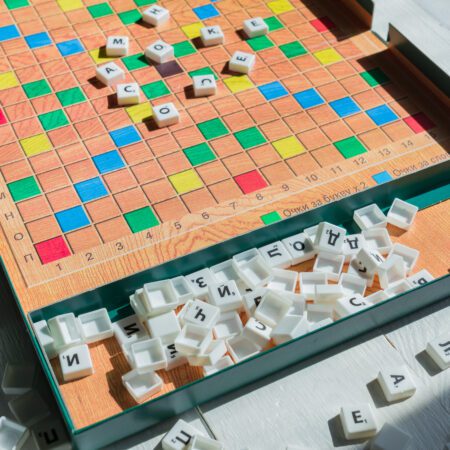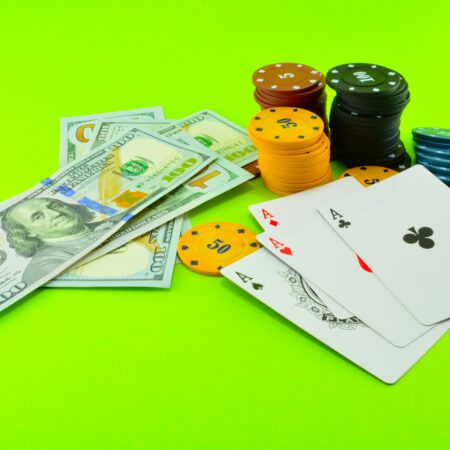Uncover how perception of risk influences gambling behavior, from overestimation of skill to the framing effect and ‘near-miss’ phenomenon.
Playing the Odds: How Perception of Risk Influences Gambling Behavior
Gambling is an intriguing domain of human behavior that has been widely studied by psychologists. One of the fascinating aspects is how gamblers perceive risk and how it influences their gambling behavior. In this article, we’ll delve into this captivating realm and explore how understanding it can enhance our gaming experience.
Risk and Reward: A Delicate Balance
At the heart of every gamble is a delicate balance between risk and reward. In many ways, the lure of gambling is the thrill of this risk-reward interplay. The risk creates excitement, while the potential reward provides motivation.
However, people’s perception of risk versus reward varies widely and influences their gambling behaviors. For some, the thrill of risk is exhilarating, leading to high-stakes betting. Others may be more cautious, carefully weighing potential gains against potential losses.
Overestimation of Skill and Underestimation of Luck
In many gambling scenarios, particularly in games that mix skill and luck, like poker or blackjack, players tend to overestimate their skills and underestimate the role of luck. This cognitive bias is often referred to as the illusion of control.
This bias can lead gamblers to make more significant and riskier bets because they believe they have a greater influence over the outcome than they truly do. Recognizing this bias is an essential step in developing a more strategic and responsible approach to gambling.
Framing Effect
How a gambling scenario is presented or “framed” can significantly impact a player’s perception of risk. For instance, a player is likely to react differently to a situation framed as a potential loss than the same situation framed as a potential gain.
This phenomenon is known as the framing effect, which asserts that people make decisions based on the potential gains or losses perceived from the outcome rather than the outcome itself. This can often lead to irrational gambling behaviors, such as chasing losses.
Near-miss Phenomenon
Another fascinating aspect of gambling psychology is the ‘near-miss’ phenomenon. A near-miss occurs when the outcome is close to a win but ultimately a loss, like missing a jackpot by one symbol.
These near-misses can be as stimulating as actual wins and can drastically influence a player’s perception of risk. They may feel they’re getting closer to a win, prompting them to continue playing and potentially take more risks.
Understanding Probability
Understanding the concept of probability is crucial for responsible gambling. However, many gamblers fall into the trap of the ‘gambler’s fallacy’—the belief that past events can influence future outcomes in random scenarios.
For example, in a game of roulette, a player may perceive the risk of betting on red to be lower if the previous ten outcomes were black, even though the probability remains the same. Dispelling this misconception can significantly impact a player’s gambling strategy and risk perception.
Cognitive Distortions and Treatment
These perceptions and cognitive distortions can lead to problematic gambling behaviors. However, understanding these psychological underpinnings can aid in treatment and prevention. Cognitive-behavioral therapy (CBT) is one approach used to help problem gamblers, focusing on correcting these distortions and promoting healthier gambling behaviors.
In conclusion, our perception of risk plays a significant role in our gambling behaviors. By understanding these psychological principles, we can better manage our risk-taking, make more informed decisions, and ultimately, enhance our enjoyment of the game.










